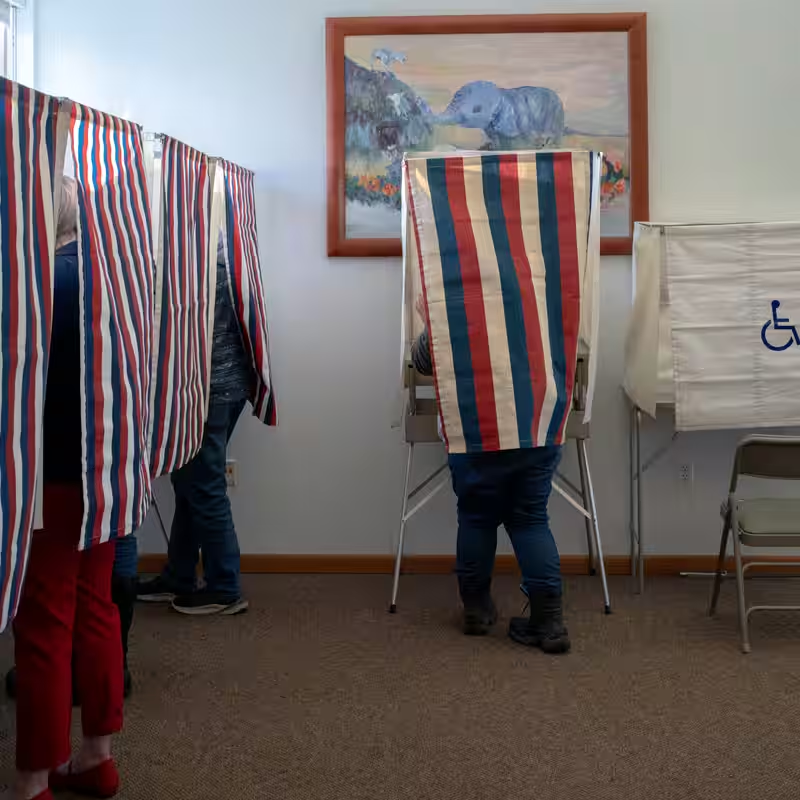Table of Contents
- The Voting Rights Act’s National Reach
- How Section 2 Changed Elections Beyond the South
- Real Impact in Local Communities
- Why the Supreme Court Could Undo Decades of Progress
- Sources
The Voting Rights Act’s National Reach
When most Americans think of the Voting Rights Act of 1965, they picture Selma, Alabama—marchers crossing the Edmund Pettus Bridge, police dogs, and fire hoses. But the landmark civil rights law didn’t just transform the Deep South. Its influence has quietly reshaped democracy from Montana to Manhattan, Alaska to Arizona.
While the law was born from the brutal realities of Jim Crow in southern states, its enforcement mechanisms—especially Section 2—have been invoked in hundreds of cases across the country to protect minority voters from discriminatory election maps, voter ID laws, and polling place closures.
“It kind of speaks to the magnitude of the geographic impact that the Voting Rights Act had,” said Justin Levitt, a law professor and voting rights expert at Loyola Marymount University. “Even beyond preclearance, there have been Voting Rights Act suits in lots of other parts of the country.”
How Section 2 Changed Elections Beyond the South
Section 2 of the Voting Rights Act prohibits any voting practice that results in the denial or abridgment of the right to vote based on race or color. Unlike the now-defunct Section 5—which required certain states to get federal approval before changing voting rules—Section 2 applies nationwide and can be used to challenge laws after they’re enacted.
Between 1982 and 2021, researchers at the University of Michigan documented 439 published court cases
Section 2 Cases Outside the South (1982–2021)
| State/Region | Notable Section 2 Outcomes |
|---|---|
| Montana & South Dakota | 5+ cases settled or lost over Native American voting access |
| New Mexico | 3+ cases involving Hispanic voter dilution |
| New York | East Ramapo school board case: court ruled system diluted Black/Latino votes |
| Alaska | Challenges to at-large elections limiting Indigenous representation |
Real Impact in Local Communities
In 2020, the Blackfeet Nation in Montana—larger in area than Delaware—won a Section 2 case that forced the state to add more ballot drop boxes across its reservation, dramatically increasing turnout.
Similarly, in Rockland County, New York, civil rights groups used Section 2 to challenge the East Ramapo Central School District’s election system, which had effectively blocked Black and Latino parents from electing school board members. A federal court agreed, ordering reforms in 2020.
“These aren’t abstract legal theories,” said Maria Lopez, a community organizer in upstate New York. “This law gave real people a voice in decisions that affect their kids’ education, their water, their future.”
Why the Supreme Court Could Undo Decades of Progress
Now, that nationwide legacy is under threat. In a pending case from Louisiana, the Supreme Court is weighing whether Section 2 itself violates the Constitution by allowing race to be considered in redistricting.
If the Court strikes down or severely limits Section 2, the fallout won’t be limited to southern states. Dozens of local governments—from South Dakota tribal councils to New York school boards—could lose their primary legal tool to fight discriminatory voting practices.
“People think this is about Alabama or Louisiana,” Levitt warned. “But if Section 2 falls, the impact will be felt in every state that has ever had a minority community trying to get fair representation.”
As the Court prepares to rule in 2026, advocates are racing to educate the public: the Voting Rights Act was never just a Southern remedy—it was, and remains, a national safeguard for democracy.
[INTERNAL_LINK:voting-rights-act] | [INTERNAL_LINK:section-2-vra] | [INTERNAL_LINK:supreme-court-redistricting] | [INTERNAL_LINK:minority-voting-rights]




